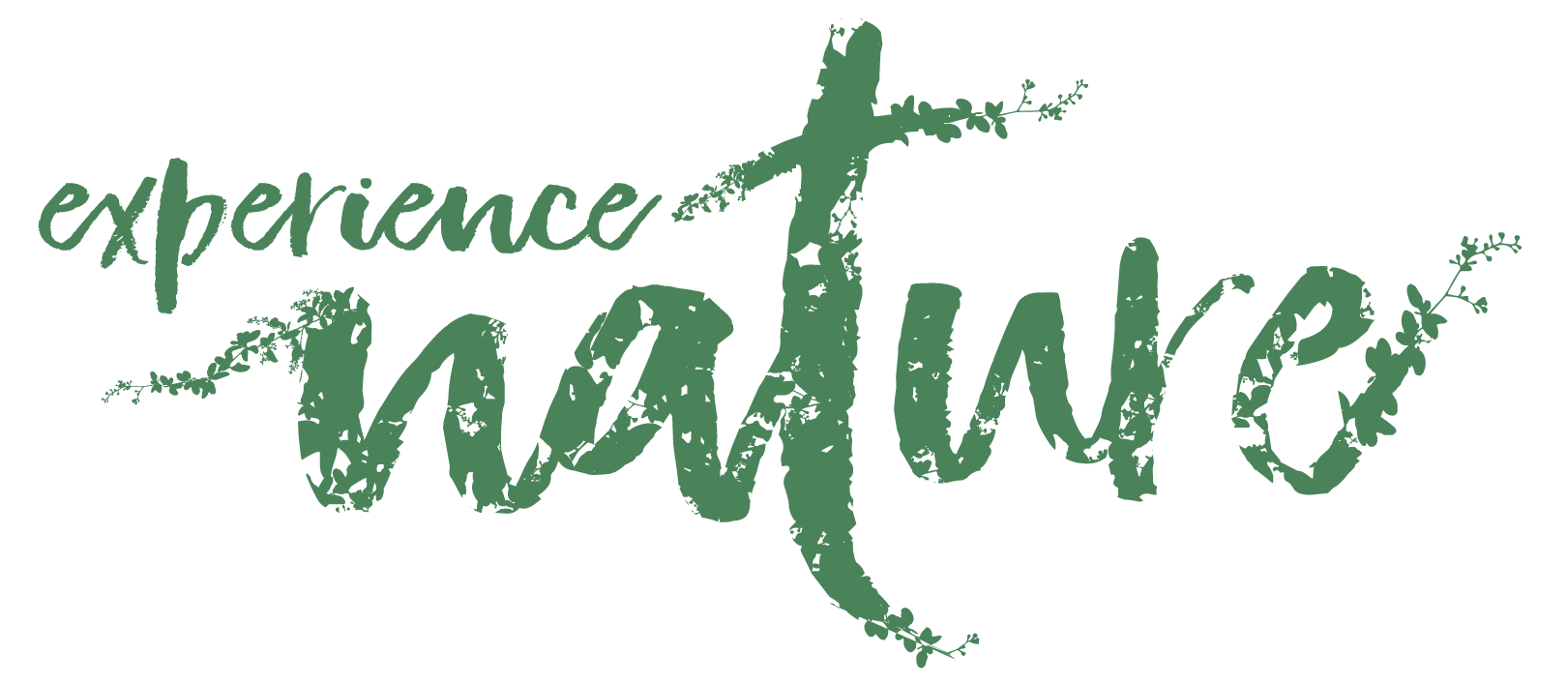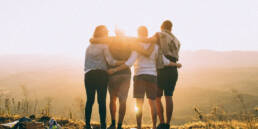Make Fire, Make Food.
One of the main advantages of cooking on an open fire is that you do not need to be a chef to master it.
In fact the BBQ industry is thriving as the home cooks playground. I am not professionally trained however I have been fortunate enough to learn from some great foodies like Peter Rolland and winemakers including Len Evans during my time in a professional kitchen. Those skills have stayed with me and taught me how to very adaptable and versatile in nature’s kitchen. And let’s not forget that man survived for thousands of years by cooking over an open fire.
In the lead up to launching our Wilderness Fire Cooking Classes I wanted to share my tips for making a memorable culinary experience using the campfire.
Be adaptable.
Cooking outside is all about improvisation. Who knows when you might need to whittle a stick to stir your slow cooked curry? What happens if you forget to pack one ingredient? There is no going back so use what you can. Find ways to creatively solve problems and enjoy the challenge.
Think about your wood.
When wood burns it makes coals which are your cooking tool as well as adding a beautiful smoky flavour. So consider what kind of coals you want. Personally I like hard wood like ironbark as its readily available in the Highlands, burns slowly so a few logs in the back on the car is very handy when you make camp. If foraging wood, red, spotted, box, stringy bark or yellow gums are everywhere and burn well.
Consider a fire pit.
Being outside is also about being safe especially in our country where bush fires can be so easily started. It’s very simple to create a fire pit by digging down a bit and blocking the outside with rocks. Equally fire metal pits are very cheap, easy to throw in the car, light – mine weighs about 2kg – and if you are faced with a windy night a good way to keep your embers from flying into the bush. Be responsible.
It’s all about timing.
Get that right and dinner will be fantastic. You want to avoid burning food leaving it raw in the middle when the flames are too high so choosing the right time to get the most out of your coals is the secret. Create your own way to know the temperature of your fire for example I like to have some steak set aside to throw on the griddle to test it. Other people I know can tell how hot their fire is by waving their hand over it. It’s your campfire so try a few methods and stick with the one that works best for you.
Preparation, preparation
Get everything ready before you cook. Once the fire is ready its all hands on deck and time to cook, the fire sets the pace in outdoor cuisine. So mise en place is the key to the best result.
Think about how you cook also for example oil if it drips on to the wood burns and can change the temperature of your fire for 15-30 minutes. I prefer a dry skillet if I use oil or for open grills just a quick spray or no oil at all.
Keep it simple
Choose food that cooks easily on an open fire, make the food’s natural flavour the hero and go fresh whenever you can. And never forage and cook or eat anything unless you 100% know what it is!! Foraging safely means knowing what plants can harm or hurt you as well as the ones that are safe to eat.
Have fun
You have stepped into nature to relax, unwind, star gaze and spend time with family or friends. Don’t make dinner a drama….make it part of the fabric of the disconnecting process.Some people will tell you to pack a back up dinner just in case. Not me, my back up is usually some homemade caramelised baked beans and a loaf of sourdough that was really meant for breakfast! Be brave, its only dinner.
If you want to learn some great recipes, have fun and create a dinner in the bush why not come along to one of our Wilderness Fire Cooking Classes.



